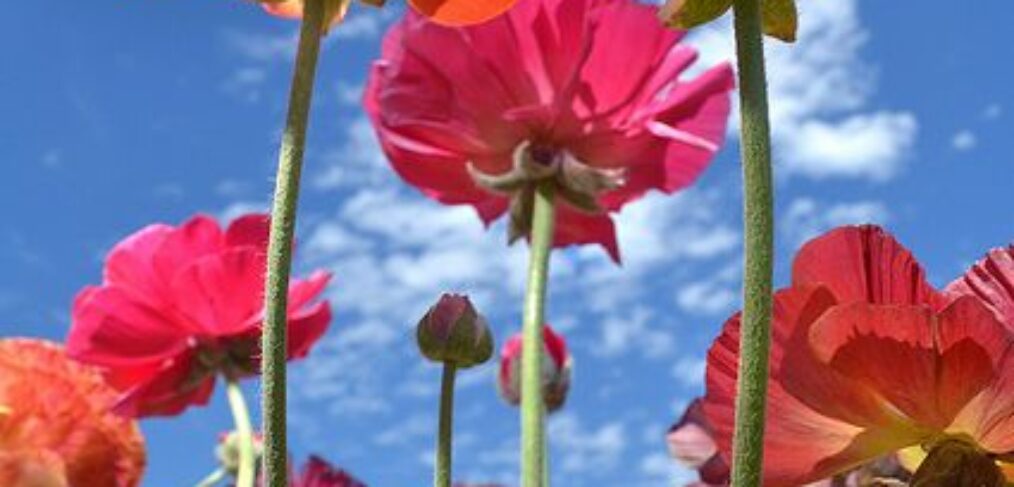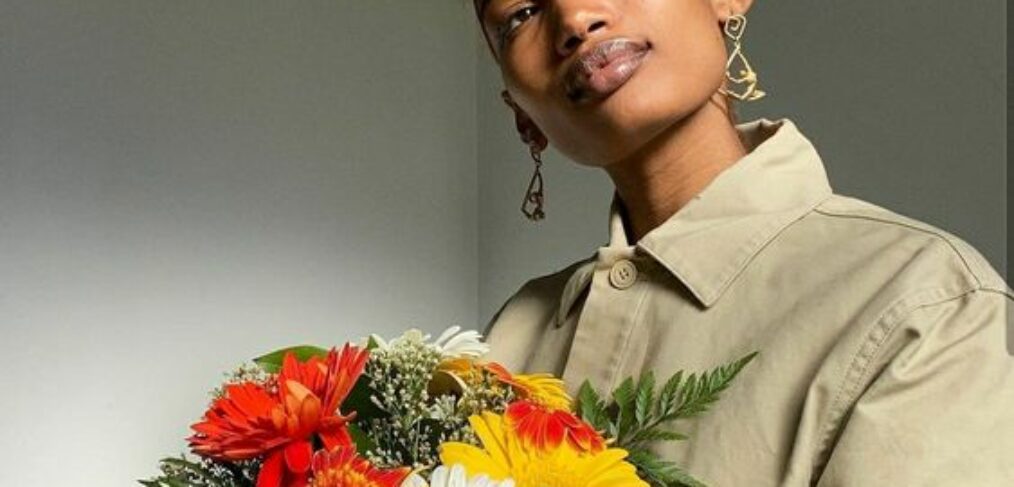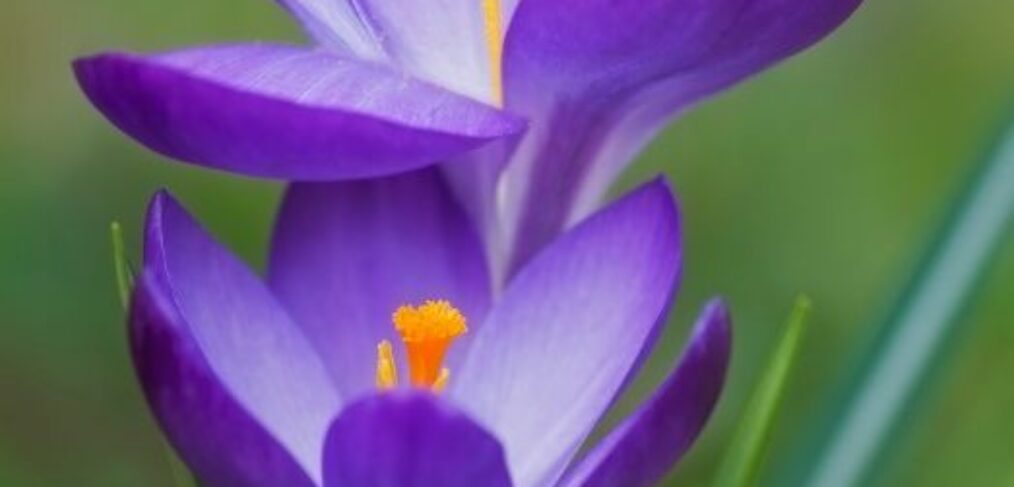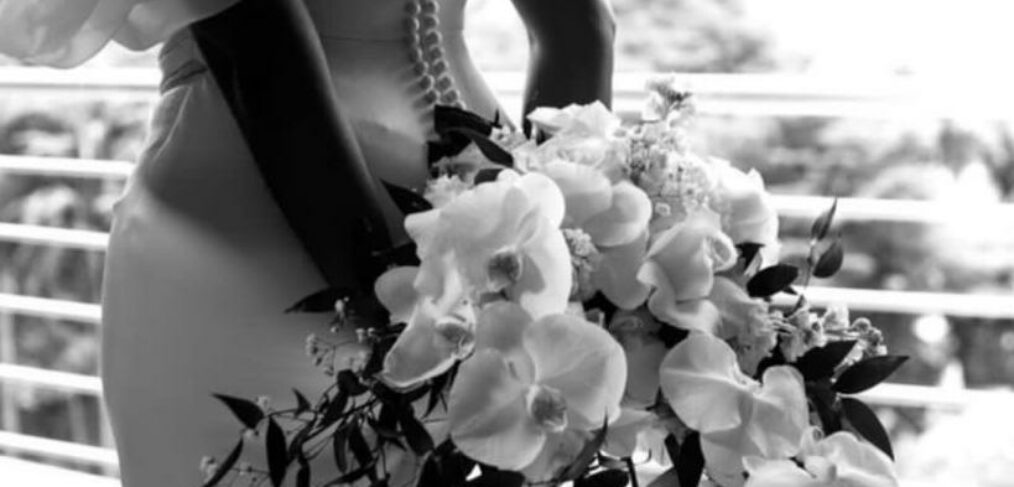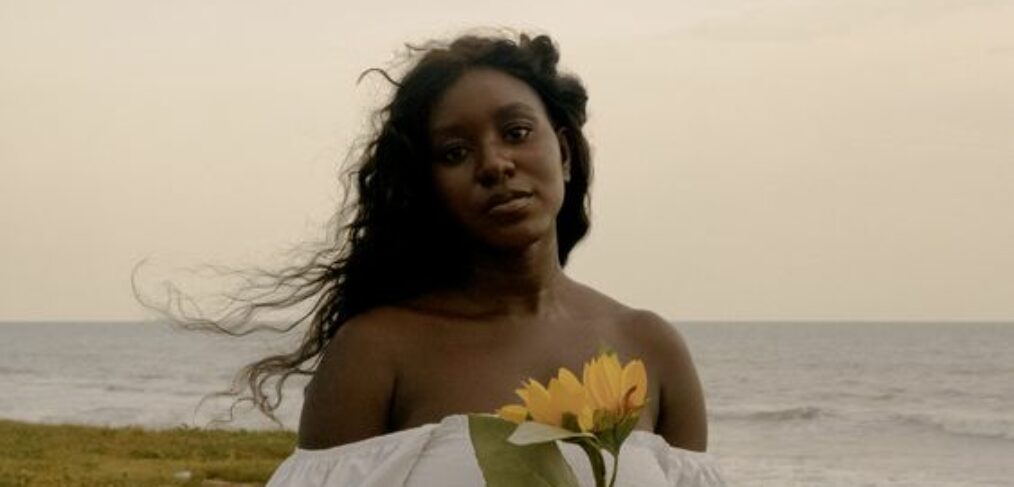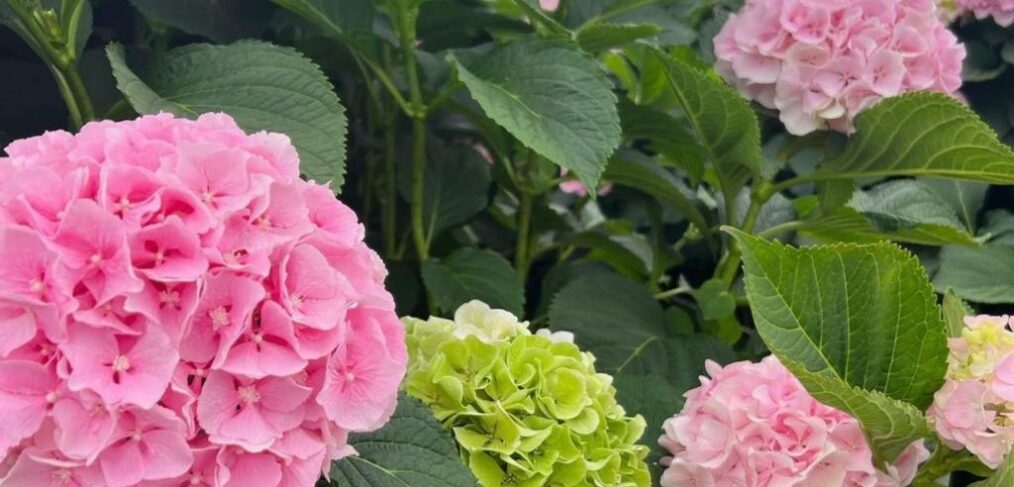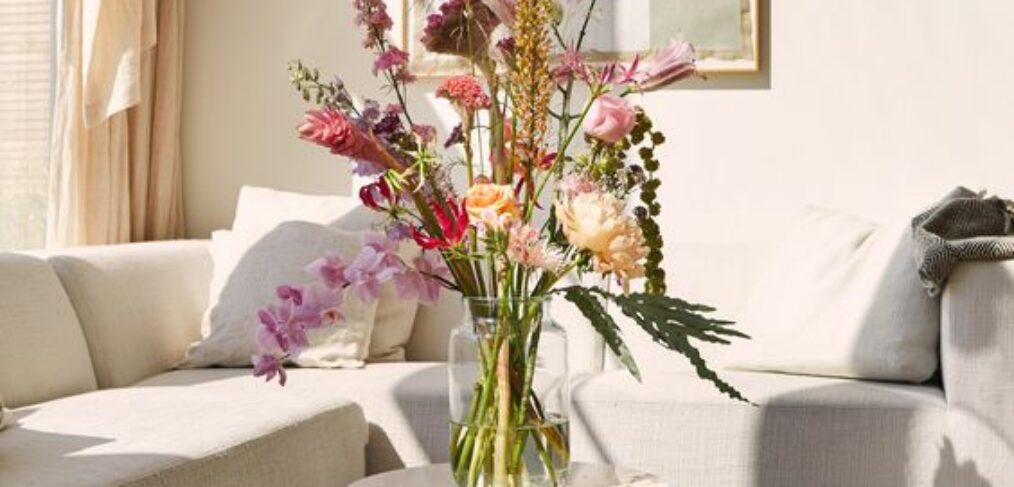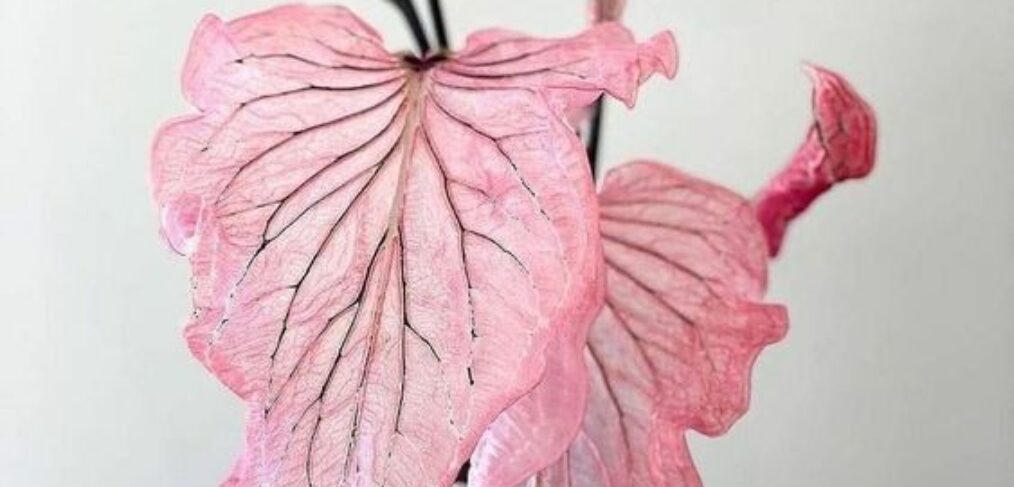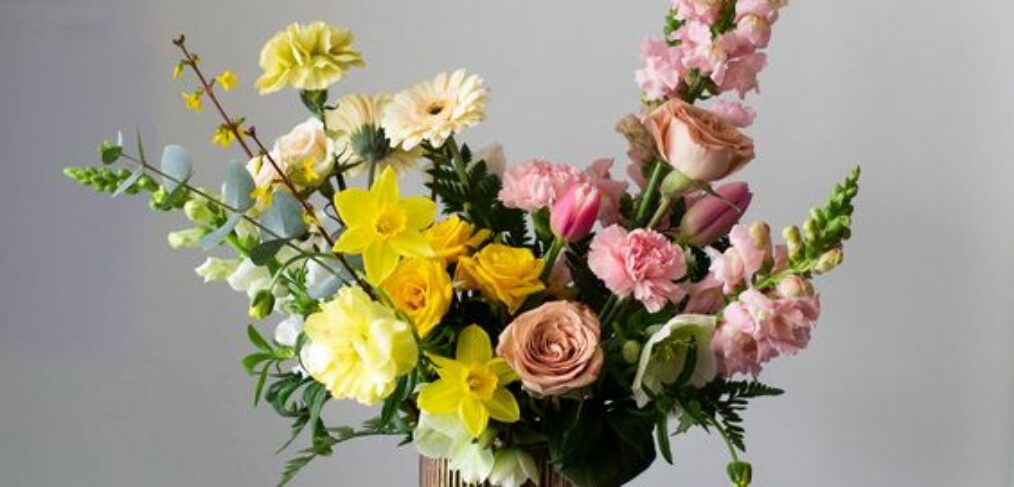Flower seasons vary depending on the climate and region, but generally, they can be categorized into four main seasons:
SPRING, SUMMER, FALL, and WINTER.
Each season has its own unique characteristics and a variety of flowers that bloom during that time.
Here’s an overview of the different flower seasons:
SPRING
SUMMER
FALL(Autumn)
WINTER
SPRING
– Spring is often considered the prime season for flowers. It typically starts in March or April and lasts until June, depending on the location.
– This season is characterized by the awakening of nature after the winter, with milder temperatures and longer daylight hours.
– Some of the most iconic spring flowers include cherry blossoms, tulips, daffodils, hyacinths, and lilacs.
– Spring flowers are celebrated for their vibrant colors and fragrant blossoms, making them a popular choice for gardens, weddings, and floral arrangements.
SUMMER
– Summer spans from June to September, depending on the region. It’s characterized by warm to hot weather and longer days.
– Many flowers thrive in the summer heat, with a focus on vibrant, tropical, and heat-resistant species.
– Some common summer flowers include roses, sunflowers, lilies, zinnias, marigolds, and dahlias.
– Gardens are often filled with colorful and bold blooms during the summer season.
FALL(Autumn)
– Fall typically occurs from September to November, with cooler temperatures and shorter days.
– This season is known for its unique foliage colors and the gradual transition from summer to winter.
– Popular fall flowers include chrysanthemums (mums), asters, dahlias, and ornamental grasses.
– The warm hues of red, orange, and yellow are prominent in the autumn garden.
WINTER
– Winter extends from December to February in many regions and is characterized by cold temperatures, frost, and shorter daylight hours.
– While winter is not traditionally a time for abundant blooms, some flowers can thrive in the cold, such as pansies, camellias, and hellebores.
– Many people use evergreen plants, like holly and pine, as festive decorations during the holiday season.
– In some regions with milder winters, certain flowers like winter-blooming jasmine and witch hazel can add color to the landscape.
It’s important to note that the exact timing and availability of flowers during each season can vary depending on your geographical location and climate zone.
Some areas with more temperate climates may experience more prolonged periods of bloom, while others with extreme temperatures may have shorter flowering seasons.
Gardeners and horticulturists often choose plant varieties that suit their local climate to ensure a continuous display of flowers throughout the year.
You can also check on “History of fresh flowers in Nigeria” and “why are flowers expensive in Nigeria“

